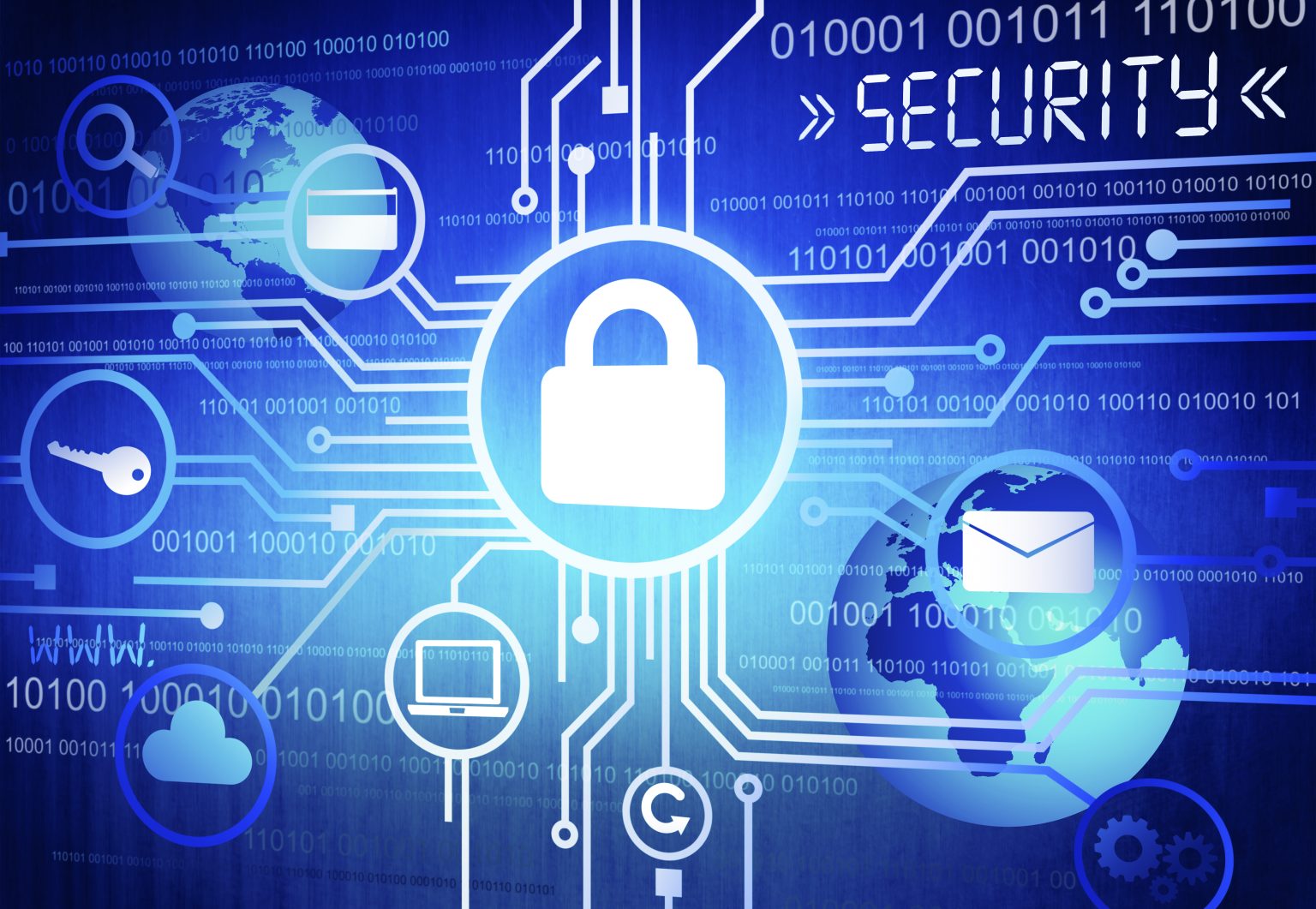Introducing the “US Cyber Trust Mark” program: Ensuring your smart devices are secure.
With the ever-increasing intelligence of our homes, it becomes crucial to prioritize safety measures across all devices. Recognizing this necessity, the federal government is now implementing a solution to help you easily identify the safety of specific devices. The Biden-Harris administration is thrilled to unveil the “US Cyber Trust Mark” program, a certification and labeling initiative dedicated to enhancing the cybersecurity of Internet of Things (IoT) devices, including baby monitors and alarm systems. Rest easy knowing your devices are protected with powerful cybersecurity features.The Rising Security Challenges of IoT
IoT devices are essentially connected endpoints that gather and share data. Unfortunately, the rush to bring innovative products to the market has often led to a lack of focus on security. As a result, many IoT devices have been found vulnerable to cyberattacks. These attacks can range from compromising personal data to orchestrating large-scale botnet attacks. Security breaches not only erode consumer confidence but also raise questions about the potential dangers posed by unsecured IoT devices on a national level.
To address these concerns and promote a safer IoT ecosystem, the US government has proposed the idea of a ‘Cyber Trust Mark.’ This mark would serve as a visible indicator for consumers, signaling that the labeled device meets stringent security standards and adheres to best practices set by industry experts and regulatory authorities.
The Biden administration has introduced a new labeling system that aims to enhance the security of internet-connected devices. This voluntary program, influenced by the Energy Star program, will enable consumers to make informed choices about the cybersecurity credentials of the devices they purchase. The system will be represented by a distinctive shield logo, which will be displayed on products that meet the established criteria for cybersecurity.
The criteria for the Cyber Trust Mark will be defined by the National Institute of Standards and Technology (NIST). These standards will include requirements such as unique and strong default passwords, protection of stored and transmitted data, regular security updates, and incident detection capabilities. While the complete list of standards is not yet finalized, NIST will immediately begin work on defining cybersecurity standards for high-risk consumer-grade routers, which are often targeted by attackers for malicious activities. This work will be completed by the end of 2023, with the aim of implementing the labeling initiative in 2024.
The Cyber Trust Mark will also feature a QR code that links to a national registry of certified devices. This QR code will provide users with up-to-date security information, including software updating policies, data encryption standards, and vulnerability remediation. It ensures that the information on device security remains current and relevant.
Retailers in the United States will be encouraged to prioritize labeled products both in physical stores and online. Several major retailers and tech companies, including Amazon, Best Buy, Cisco, Google, LG, Qualcomm, and Samsung, have already committed to the voluntary labeling initiative. This endorsement from industry leaders demonstrates the importance of cybersecurity and the willingness to support initiatives that prioritize consumer safety.
Furthermore, the U.S. Department of Energy is collaborating with industry partners to develop cybersecurity labeling requirements for smart meters and power inverters. They are expanding the scope of this initiative beyond high-risk consumer devices to ensure the security of energy-related equipment.
Overall, this labeling system is a significant step towards improving IoT security. It empowers consumers with essential information and encourages the adoption of robust cybersecurity measures by manufacturers. With the involvement of key industry players, the initiative has the potential to make a considerable impact on the security of internet-connected devices and safeguard users from cyber threats.
Benefits of the Cyber Trust Mark
- Empowering Informed Decision Making: The Cyber Trust Mark would enable consumers to make more informed choices when purchasing IoT devices. This label would act as a seal of approval, assuring consumers that the product they are investing in is secure and less susceptible to cyber threats.
- Encouraging Industry Accountability: By incentivizing manufacturers to attain the Cyber Trust Mark, the government is driving the industry towards adopting robust security measures during the development and production phases. This initiative, in turn, holds manufacturers accountable for prioritizing consumer safety.
- Bolstering National Security: A collective effort to enhance IoT security would have far-reaching implications for national security. A network of secure IoT devices would be less vulnerable to exploitation by malicious actors seeking to disrupt critical infrastructures or engage in large-scale cyber warfare.
- Fostering Innovation: The Cyber Trust Mark would not only ensure secure products but also encourage innovation in the IoT sector. Companies would be motivated to invest in research and development to meet the stringent criteria for the mark, leading to the creation of cutting-edge, secure IoT solutions.

